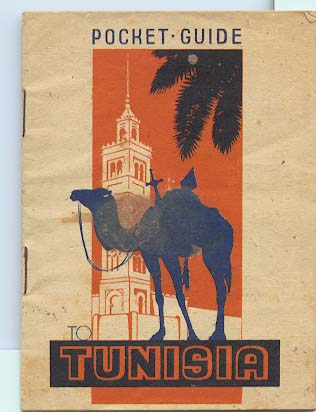|
When I was five years old, because there were more children on our block than on any other block in the city, a Chicago
newspaper published a list of all our names. My father said that this meant we were famous. It also meant that ours was the
poorest neighborhood in Chicago. I didn't know, or mind, because I had a lovely garden to play in (my Grandmother's yard),
with a sandbox at the back. This was right next to the shed where my father repaired televisions while listening to his Ham
radio. THAT'S how I got into belly dance! He often listened to music coming from North Africa, a place he learned to love
while in the U.S. Army during World War II. This is where I first heard that interesting music that sounded nothing like the
country music my father usually listened to (like Hank Williams). He would give me old T.V. tubes to use as minarets on my
sand castles, and tell me stories about Africa: how the Army had taken up headquarters in a mosque (though this seems dubious...but
the pictures show a beautiful building indeed); how their crazy pet monkey, Jocko, had committed suicide by drinking all the
medicine in the infirmary (my first anti-drug story); and how, one day, he had gone for a walk through the Casbah and bargained
for a bunch of flashy jewelry which he sent home to his sisters. This piqued my interest.
"Who has the jewelry now, Daddy?"
"Nobody. It disappeared, it got lost in the mail..."
I guess I have been looking for that jewelry ever since. When
he got old and I helped him clean his house, he gave me a crumpled old bag containing hundreds of postcards. He had collected
them in all 19 countries he traveled through, but the majority of them were from North Africa. I'll show you a few of them
here, along with the cover and an interesting quote from the Army's "Pocket Guide to Tunisia":
"When Moslem men want
the company of women at a party, they engage a troupe of professional dancing girls. These professionals have a unique social
position, not as low as that of the prostitute, but still somewhat degraded. They are said to be more interesting company
than the Moslem wife because they get around a great deal and know all the answers. They dance for the men, not with them.
Men have dances of their own, but when a Moslem gentleman is seen dancing it is usually a sign that he is a bit plastered."


I started dancing a few years ago at our community college. At first I thought the moves very difficult, and the costumes
far too expensive. Then one day, a Middle Eastern girl in my class announced that her family was having a yard sale. Thats
where I found my first batch of jewelry, some great striped scarves that I turned into a skirt, and several little leather
camels. There have been many yard sales since then. My husband has been finding old belly dance records for me in second hand
stores (the ones with those scandalous record jackets), and transferring them to tapes, which I play in my car. During one
of my fathers last trips to the doctor, in the midst of his descent into senility, he could still tell the difference between
Turkish and Egyptian music. You don't really have to travel abroad to wonder at the intricacies of another culture. It can
fall right into your hands, even if you live in the poorest neighborhood.
|

